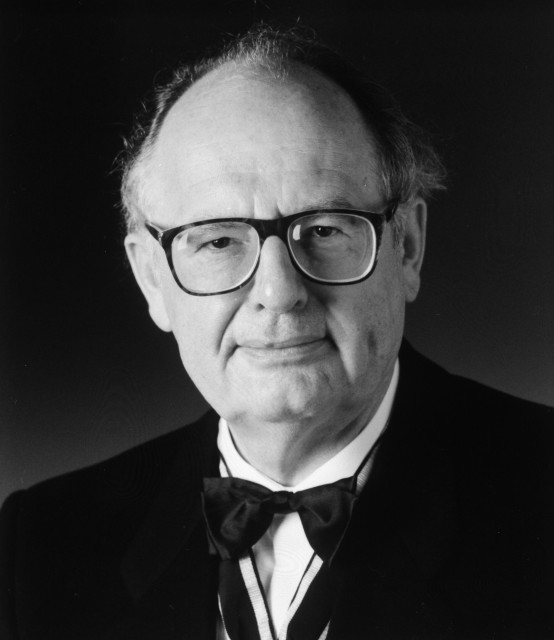Albert Eschenmoser
1925-

Professor Eschenmoser is known for his many contributions to organic chemistry in its broadest aspects, from synthetic methodology to structure elucidation and synthesis of natural products to experiments on the chemical etiology of biomolecular structures. The Eschenmoser fragmentation, a mild method for converting α,β-epoxyketones to acetylenic ketones or aldehydes with p-toluenesulfonylhydrazine and the Eschenmoser salt [N,N-dimethyl(methylene)ammonium iodide], for Mannich reactions are widely used. With others, he provided a stereochemical interpretation of the biogenetic isoprene rule, an explanation of slow amine stereochemical inversions, limits on trajectories for nucleophilic substitution at saturated carbon, and the stereochemical course of acid-catalyzed polyene cyclizations.
In the natural products area, perhaps his most crowning achievement (with Woodward) is the total synthesis of the incredibly complex Vitamin B12, and of corrins and corphines, chromophoric systems of that molecule.
Professor Eschenmoser was born in Switzerland, took his Ph.D. at the Swiss Federal Institute of Technology (ETH) with Ruzicka (see portrait) in 1951 and served as Professor of Organic Chemistry at the ETH (1960-1992). Among his many honors are the Davy Medal (Royal Society, London 1978), the Tetrahedron Prize for Creativity in Organic Chemistry (1981), the ACS Cope Award (1984) and the Wolf Prize in Chemistry (1986).
Location in chemistry building:
Fifth Floor; East Wing South Wall; Sequence 2
Source:
Professor Eschenmoser